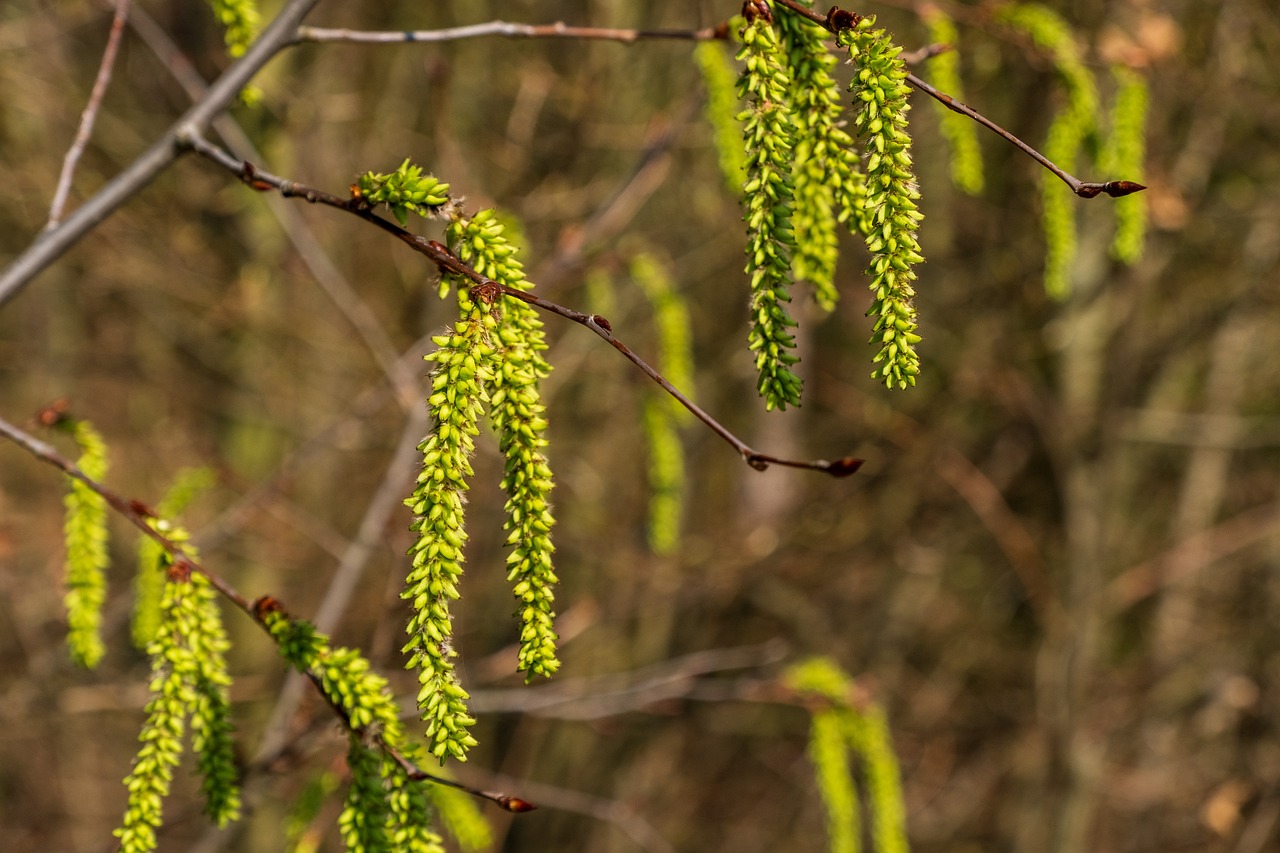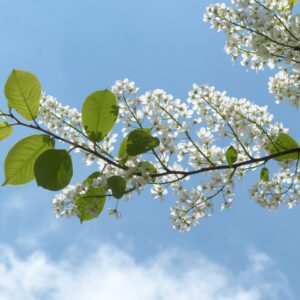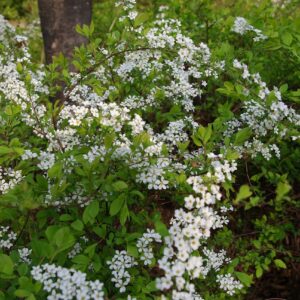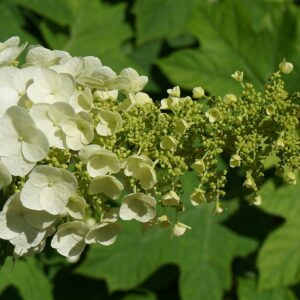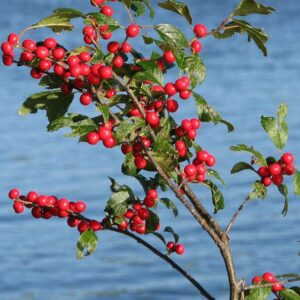The American hazelnut (Corylus americana) is a versatile, deciduous shrub native to North America. Overall, the American hazelnut is valued for its edible nuts, ornamental appeal, and ecological benefits, making it a versatile and useful plant in various settings.
Appearance:
Size: It typically grows 8-12 feet (2.5-3.5 meters) tall, but can sometimes reach up to 15 feet (4.5 meters). It usually forms a dense, multi-stemmed shrub or small tree with a spreading, rounded shape.
Leaves: The leaves are broad, with an ovate to rounded shape, measuring about 3-6 inches (7-15 cm) long. They have a double-toothed edge and are covered with soft, fine hairs. The upper surface is dark green and slightly hairy, while the underside is paler and more densely covered in fine hairs.
Catkins: In early spring, before the leaves fully emerge, the shrub produces long, yellow male catkins (the flower clusters). These are pendulous and can be up to 4 inches (10 cm) long. The female flowers are small and less conspicuous, typically appearing as tiny, red, feather-like structures at the tips of the twigs.
Fruit: The fruit is a small, round nut encased in a leafy husk. The husk has a fringed or lacy appearance, and the nut itself is edible, though small compared to cultivated varieties of hazelnuts. The nuts are typically about 1/2 inch (1.3 cm) in diameter and mature in late summer to early fall.
Bark: The bark is smooth and light brown to grayish, often with small lenticels. It becomes more textured and shaggy with age.
Habitat: American hazelnuts thrive in a variety of environments, including deciduous forests, woodland edges, and along stream banks. They prefer well-drained soils and can grow in both full sun and partial shade. They are adaptable to a range of soil types, including sandy and loamy soils. American hazelnuts are relatively hardy and low-maintenance, making them a good choice for both garden and naturalized plantings. They also have some tolerance for drought once established, although they perform best with regular moisture.
Uses:
Culinary: The nuts are edible and can be used in various dishes or eaten raw. They have a slightly sweet, nutty flavor.
Ornamental: The shrub is often used in landscaping for its attractive foliage and catkins. It also provides excellent wildlife habitat.
Ecological: It offers food and cover for wildlife, including birds and small mammals. The shrub’s dense growth habit makes it useful for creating wildlife-friendly hedgerows or naturalistic plantings.

